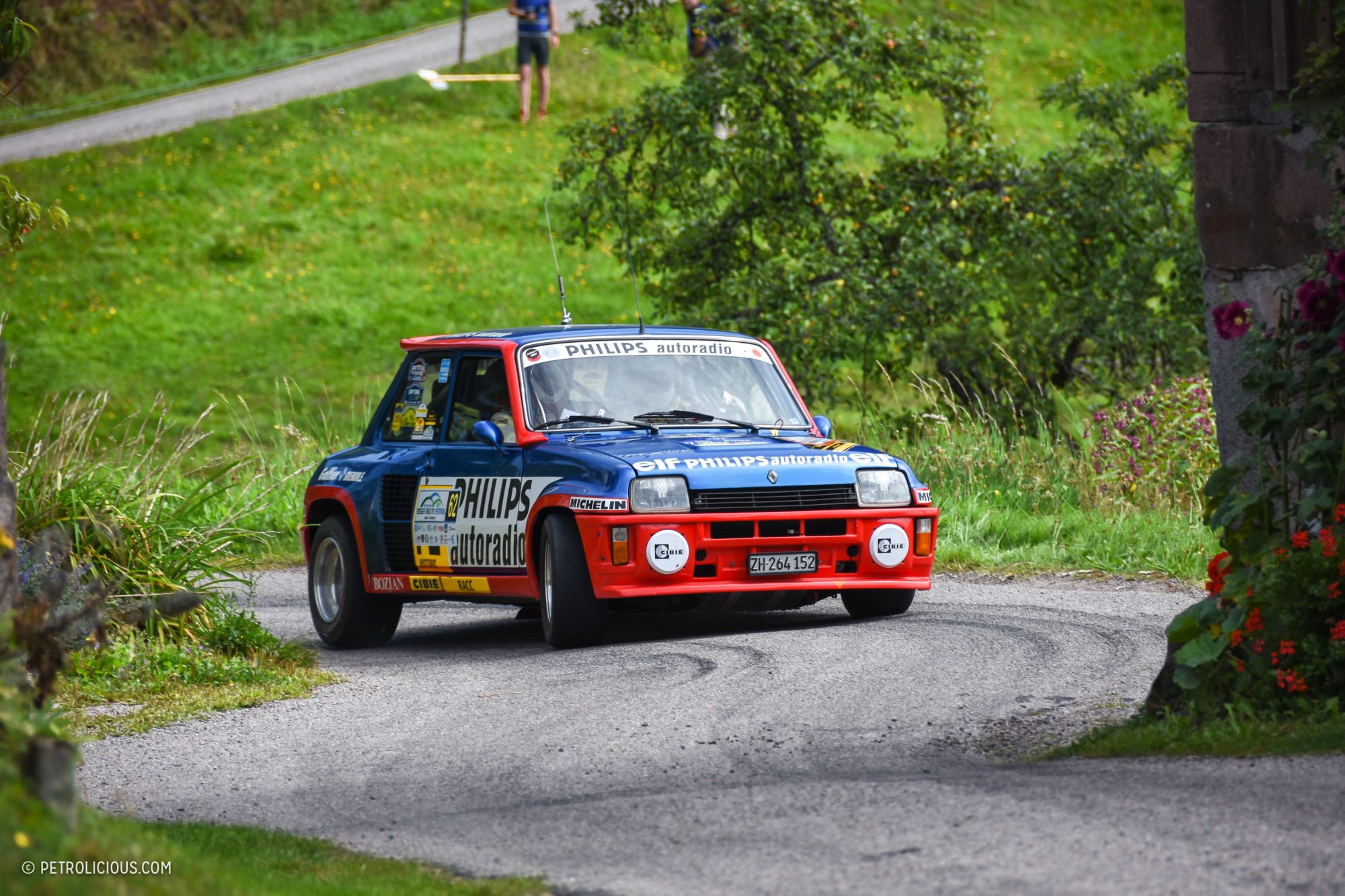
The history of rallying is full of mythic figures, whether they be the earth-churning cars themselves or the drivers and co-pilots who shepherded them along stages covered in loose rock, mud, and snow. Time continues to stack new years on top of these memories, but there will probably always be a group of wistful petrolheads wanting to relive the sport’s glory days. I surely count myself among this group, and a recent visit to the Vosges Rallye Festival gave me the fix I was looking for.
Led by the same organizers that put on the Eifel Rallye, Vosges is the perfect end-of-summer event to sate your vintage rally cravings before the winter puts most cars in bed for a few months. And though the vintage rallying celebration began just last year in the eastern French countryside commune of La Bresse, it’s already become very popular. For three days, 130 drivers from all over Europe gathered for a weekend in honor of the sport’s legendary past. Some special guests arrived as well, with the 1984 World Champion Sir Stig Blomqvist in the crowd this year as well as others like Bruno Saby, who drove for Peugeot during the Group B era, and Jean Ragnotti, who among other achievements was the first driver to win a WRC race with a turbocharged car, the Renault 5 Turbo in 1981.
It was all well and good to see these cars and their former drivers, but the real delight came from seeing the action of the event itself. Special stages were very well thought out for instance, and provided excellent vantage points for the fans, with most of these stages taking the form of loops that required three to four laps to complete. No excuses not to see the brutally beautiful cars in action then! Like most vintage rally events, the cars that made up this one’s roster were primarily from the early ‘60s to the post-Group-B era of WRC in the late-‘80s/early-‘90s, and some interesting later cars like this Toyota Corolla WRC, an ex-Carlos Sainz car that would help Toyota win the manufacturer’s championship in 1999.
Though there was also the usual (but never boring) flock of Group B heroes like the Audi Sport Quattro, MG Metro 6R4, and Peugeot 205 T16 in attendance, my favorite cars from the weekend were part of the still-rear-wheel-drive 1970s. As usual, I found the most enjoyment from watching the many Escorts and Kadetts making dramatic arcs as the drivers angled and drifted the comparatively simple cars along the stages of the Vosges Rallye. Listening to some conversations in the paddocks later on during the first day, I catch quite a few veterans of the sport mentioning that these cars are much faster now than they may have been decades ago in their prime, with some of these little things packing in some 300 horsepower!
The end of the weekend sees the second and third days both ending with a special stage, the first one in the town of Épinal, which mimics the route of the former Alsace-Vosges Rallye. The last day has a special stage at the base of the Bresse ski mountain, and it offered a perfect dusty goodbye to three days well spent in the presence of rally cars. Many drivers performed many a successful slide, but it’s a sport that’s destined to be hard on these machines, and there were a few mishaps along the way.
Even with some time passed since I was in the crowds, my ears are still metaphorically ringing with the sounds of the howling exhausts translating the cars’ struggle for grip into audible space. Perched on the outside of turns, I could identify many of the cars long before my eyes alighted on their shapes—the Dino V6 of the Lancia Stratos is hard to miss, even when it’s being sent through a cluster of trees a few corners before the one you’re waiting at. The angry, avian chirps and whistles of the big turbocharged cars and the whines of superchargers are ingrained in my head now, like buttons on some great racing soundboard. Even though the memories are still crisp, I am already looking forward to the next edition of the Vosges Rallye Festival. With a total of nine stages spread across a three-day weekend, this is about as good as any excuse to indulge in the world of classic rallying. The range of cars may not be as large as you’d find at the Eifel Rallye, but many of the same cars participate in both, and it’s not like the Vosges is lacking in any absolute sense. It was one of those weekends where you leave and immediately start planning the return, and until then, I’d like to thank the organizers of the event for putting on such a great show.











































